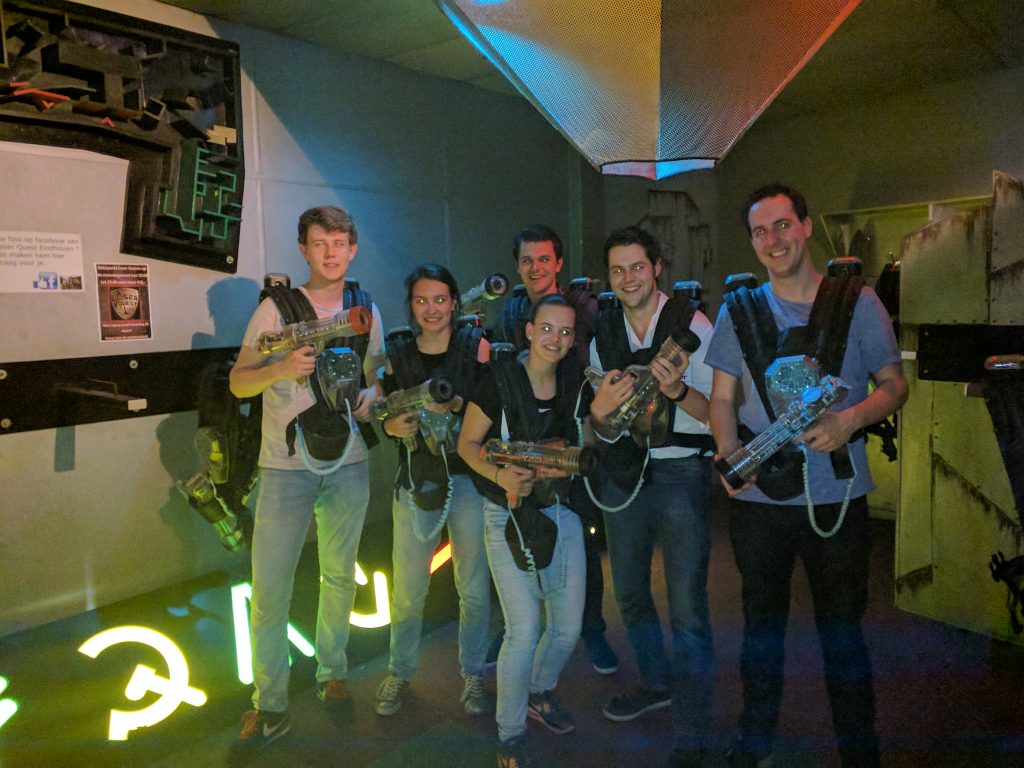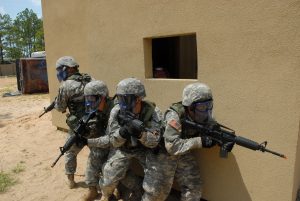September the 18th, 12:45 sharp; off to Philips Medical Systems in Best! After half an hour of cycling, we arrived at our destination. We got positively surprised since Rob Sanders, one of the founders of EIR, gave us a warm welcome. Rob brought us to the correct building, where we were welcomed by Robert Rademaker and Rick van Zon. Robert Rademaker started off with a short introduction about Philips Medical Systems. Shortly after the introduction, the group was put to work. Everyone had to write down two expectations they had about the excursion, and two questions they had about Philips Medical Systems. A big variety in the expectations and questions could be found. From ‘I expect to learn more about MRI and X-ray’ to ‘I expect to hear some job opportunities.’ From ‘How does a typical day for an electrical engineering at Philips look like?’ to ‘How does the coffee taste?’ Next to simply discussing the expectations and answering the questions, interactive discussions took place between our group and the Philips employees.
After this interactive introduction to Philips, it was time to see the productions halls. First, we were going to visit the X-ray production hall. The first thing we noted was the structured and neat way of working. Some machines were being tested on the mechanical functionalities. We also got a glimpse of the test area where the X-ray source was activated. This test area was surrounded by walls made of lead, to prevent exposure of employees to the X-rays.
Next stop was the MRI scanner production hall. First we received a short and basic introduction on magnetic resonance imaging. In the first area, we could see the RF and gradient coil. Especially the seemingly random, but apparently high sophisticated metal structures of the gradient coil were very impressive to see. In the second area, we could see the main magnets. These main magnets were cooled to 4K and were able to produce a B-field of 3 Tesla; impressive! Finally we ended up in the testing area. What we meanly noticed was the loud noise of the helium cooler and the high degree of safety measures.
The tour came unfortunately to an end and, after our group picture, we headed back to the TU/e by bike.
By Teun van den Biggelaar.
[ngg_images source=”galleries” container_ids=”6″ display_type=”photocrati-nextgen_basic_slideshow” gallery_width=”600″ gallery_height=”400″ cycle_effect=”fade” cycle_interval=”3″ show_thumbnail_link=”0″ thumbnail_link_text=”[Show thumbnails]” order_by=”imagedate” order_direction=”DESC” returns=”included” maximum_entity_count=”500″]



